OVARIAN PRP
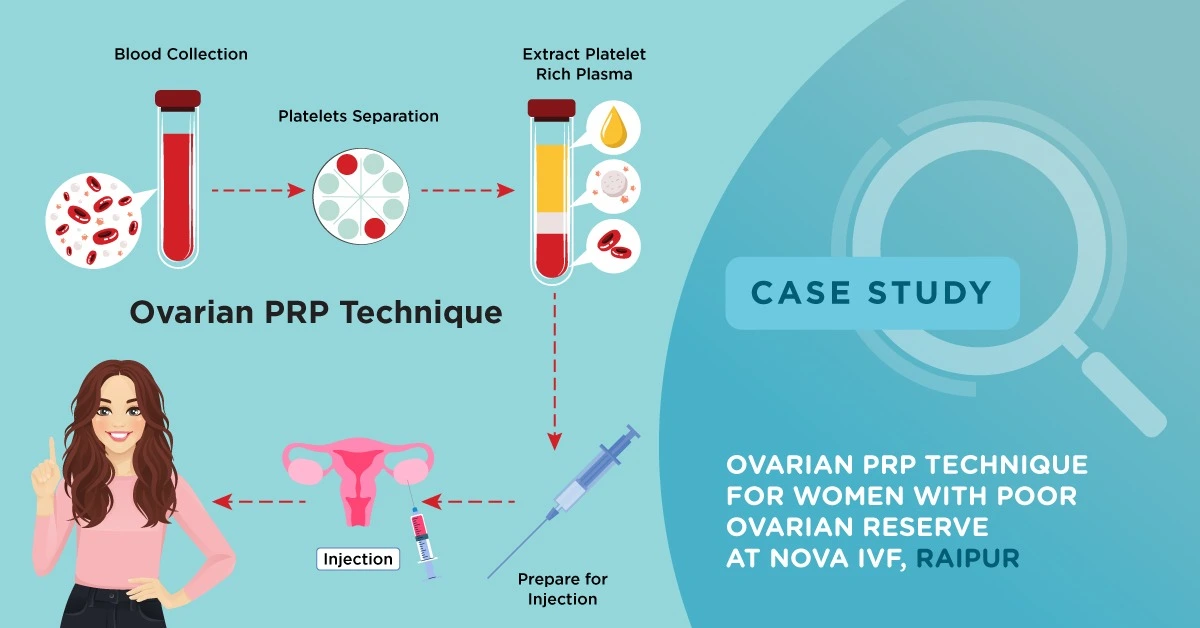
In recent years, there has been a notable shift in societal patterns as an increasing number of women choose to postpone childbirth; thus, are more likely to face the problem of ovarian insufficiency by the time they are ready to conceive. However, the availability to restore ovarian function safely is crucially important, and this is where Ovarian PRP or Ovarian Rejuvenation comes into play.
OVARIAN PRP
Ovarian PRP, also known as Ovarian Rejuvenation is a process whereby the ovaries are stimulated to induce follicle development & produce good-quality eggs for fertilization. Ovarian PRP involves the utilization of platelet-rich plasma, a concentrated solution of growth factors & cytokines derived from a woman's own blood, to enhance ovarian function and improve fertility outcomes. Platelets are rich in growth factors that play crucial roles in tissue regeneration and repair. When injected into the ovaries, PRP releases these growth factors, which can stimulate cellular rejuvenation, improve ovarian blood flow, and promote the recruitment and maturation of healthy eggs, thereby naturally and effectively enhancing the fertility.
APPLICATIONS OF OVARIAN PRP
Ovarian PRP holds promise for a range of applications in female reproductive medicine. Injection of Intraovarian platelet-rich plasma (PRP) when used in women with poor ovarian response or primary ovarian insufficiency stimulates cellular rejuvenation & blood flow. The applications of PRP are as follows:
- High success rates in natural conception and assisted reproductive technologies: It has the potential to enhance fertility outcomes in women with diminished ovarian reserve (DOR). By stimulating the growth and maturation of eggs, ovarian PRP could increase the chances of successful conception in natural and assisted reproductive technologies (ART) cycles.
- Effectively enhancing the patient's fertility: By revitalizing ovarian function, PRP therapy may potentially trigger the recruitment and development of dormant follicles, leading to the production of mature and viable eggs. This could significantly increase the chances of achieving a successful pregnancy using self-gametes.
We at NOVA IVF Raipur Chhattisgarh, are glad to announce about a SPONTANEOUS CONCEPTION AFTER OVARIAN REJUVINATION in a patient with advanced maternal age (42 years) with poor ovarian reserve (AFC – 1, AMH - 0.3) who had history of previous two miscarriages and a failed IVF Cycle.
CLINICAL EVIDENCE AND SUCCESS RATES:
While the field of ovarian PRP is still in its early stages, but early statistics show a promising result of a high rate of 70-80% success in improving egg quality and quantity. Research conducted on women with DOR has demonstrated improved ovarian response, increased follicular growth, and higher oocyte (egg) retrieval rates following PRP treatment.
However, it's important to note that further large-scale clinical trials are needed to establish the efficacy, safety, and optimal protocols for ovarian PRP. Long-term follow-up data and comparisons with existing fertility treatments are also required to fully understand the potential benefits and limitations of this therapy.
Ovarian PRP represents an exciting area of research and potential innovation in female reproductive medicine. By harnessing the regenerative properties of platelet-rich plasma, this therapy offers a novel approach to improve ovarian function, enhance fertility outcomes, and address infertility challenges in women with diminished ovarian reserve.
Hence, this therapy can be an option for women with Poor Ovarian Reserve who want to conceive a baby with self-gametes.
Case Study by Dr. Paulami Dey, IVF Specialist, Nova IVF Fertility Raipur.
 Infertility Counselling
Infertility Counselling Female Infertility Treatment
Female Infertility Treatment Andrology Treatment
Andrology Treatment Fertility Enhancing Surgeries - Female
Fertility Enhancing Surgeries - Female Fertility Enhancing Surgeries - Male
Fertility Enhancing Surgeries - Male Endoscopy Treatment
Endoscopy Treatment IUI Treatment
IUI Treatment IVF Treatment
IVF Treatment ICSI Treatment
ICSI Treatment Advanced IVF Solutions
Advanced IVF Solutions Embryology
Embryology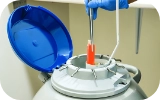 Vitrification Egg, Embryo, Sperm Freezing
Vitrification Egg, Embryo, Sperm Freezing Preimplantation Genetic Testing (PGT)
Preimplantation Genetic Testing (PGT) Donation Program Embryo / Egg / Sperm
Donation Program Embryo / Egg / Sperm




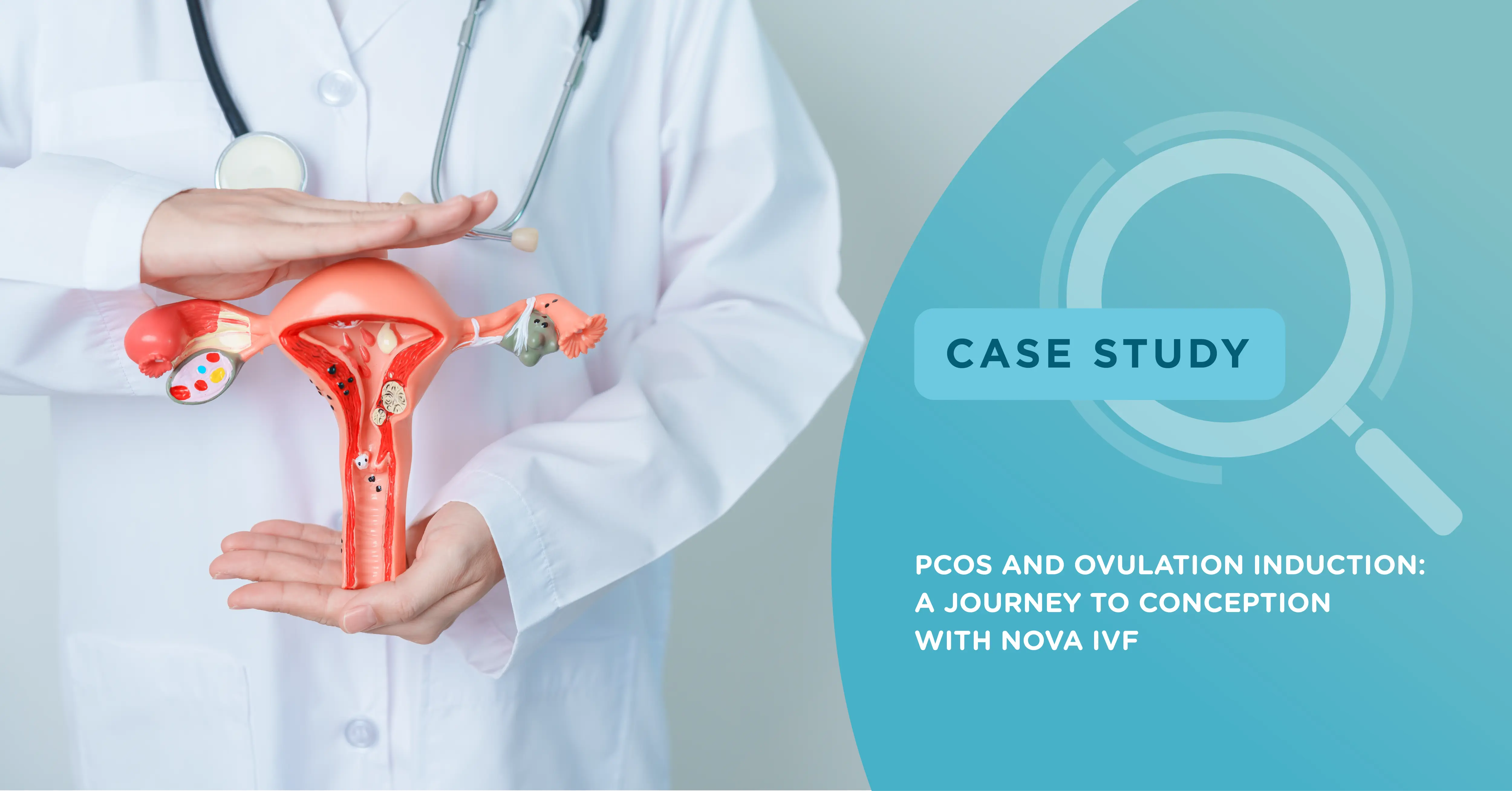
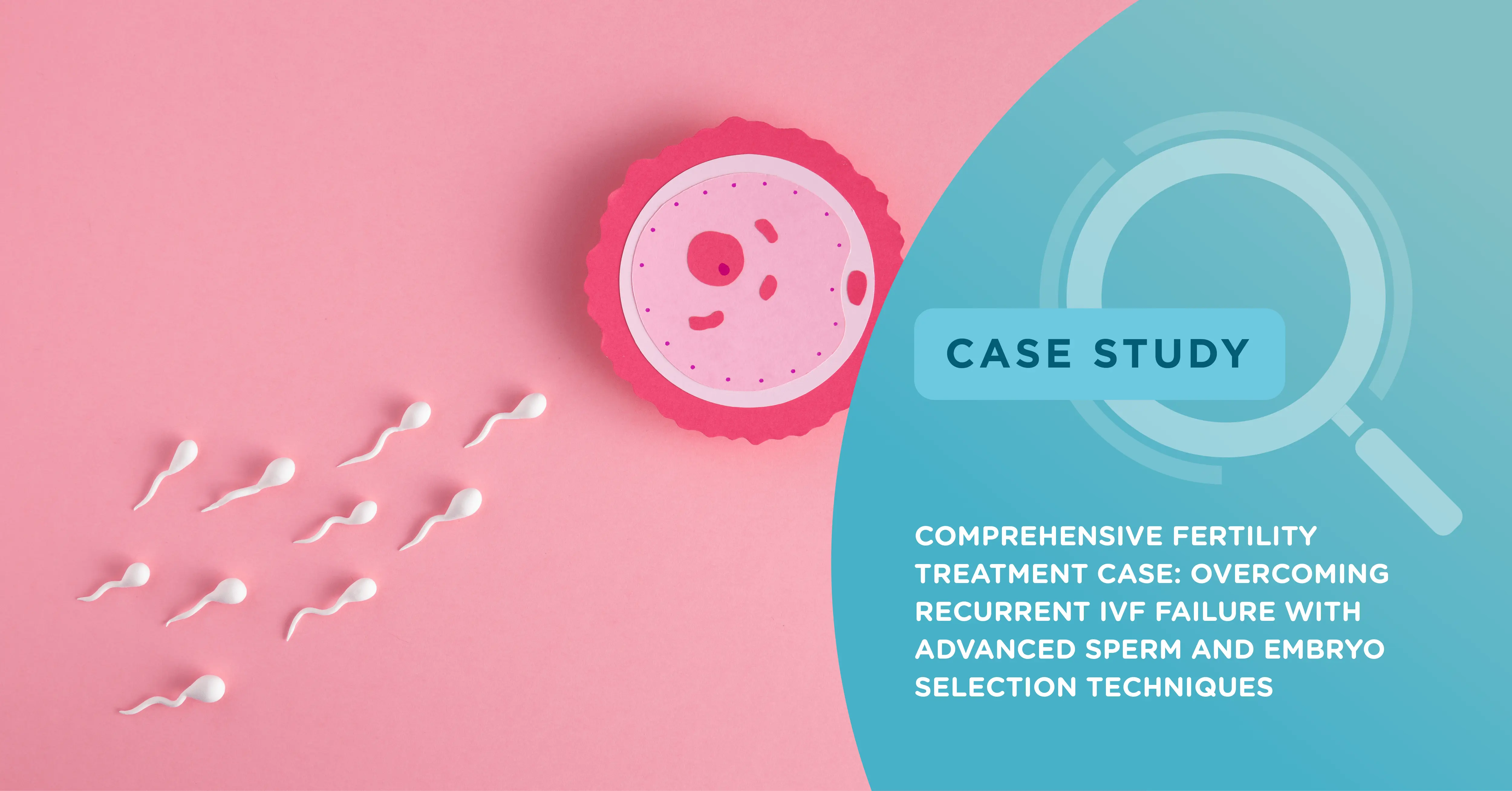
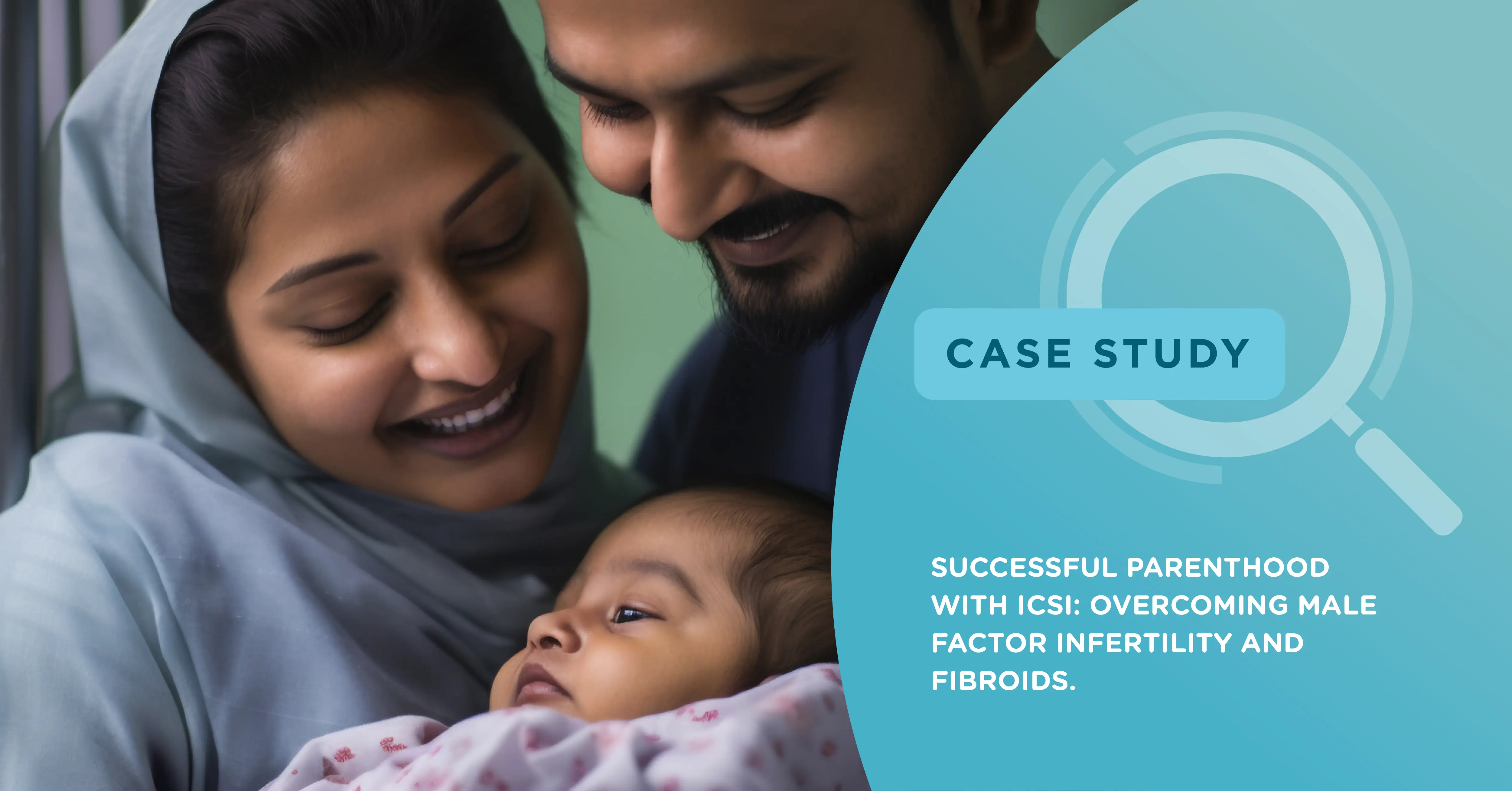
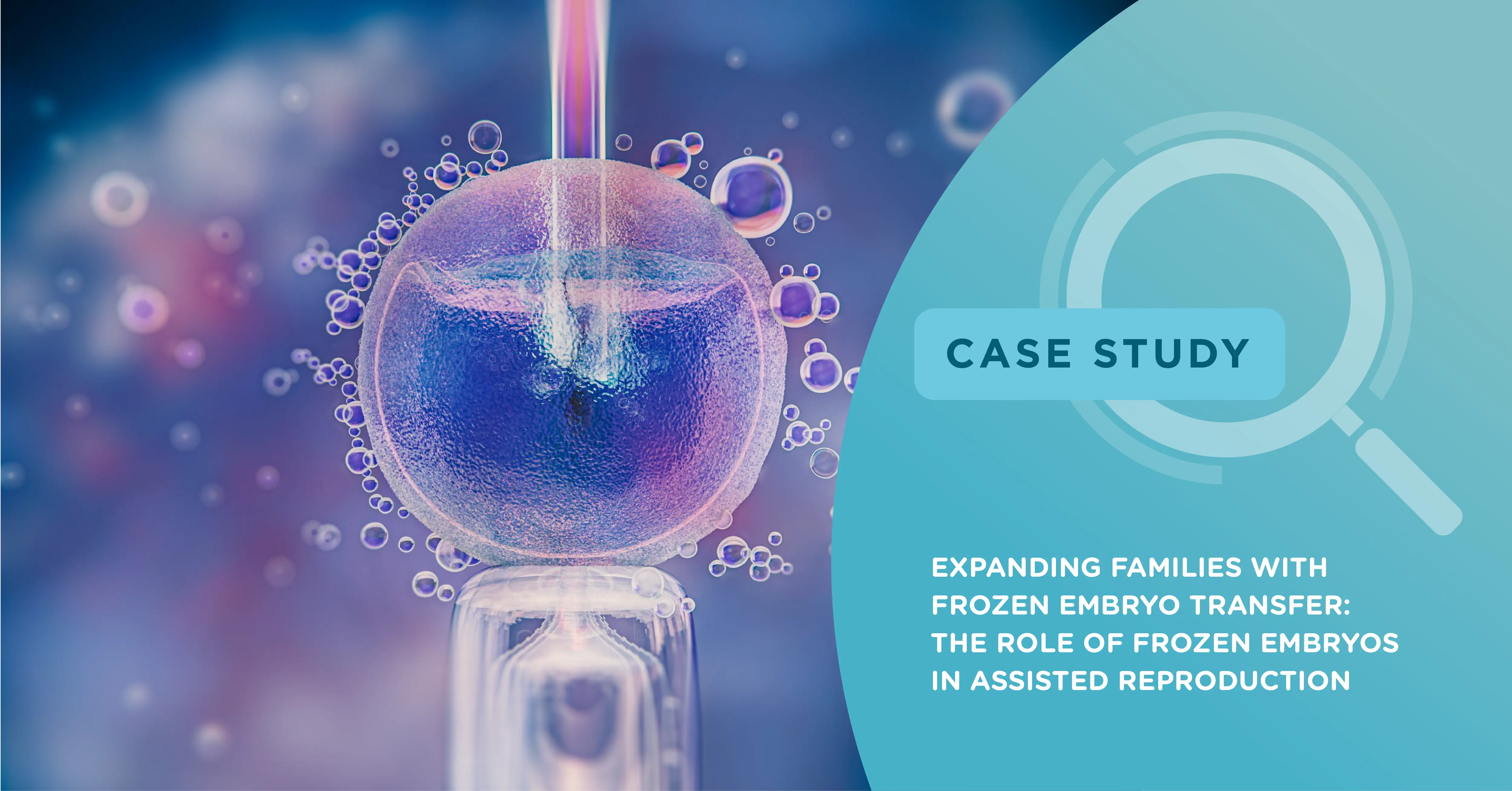


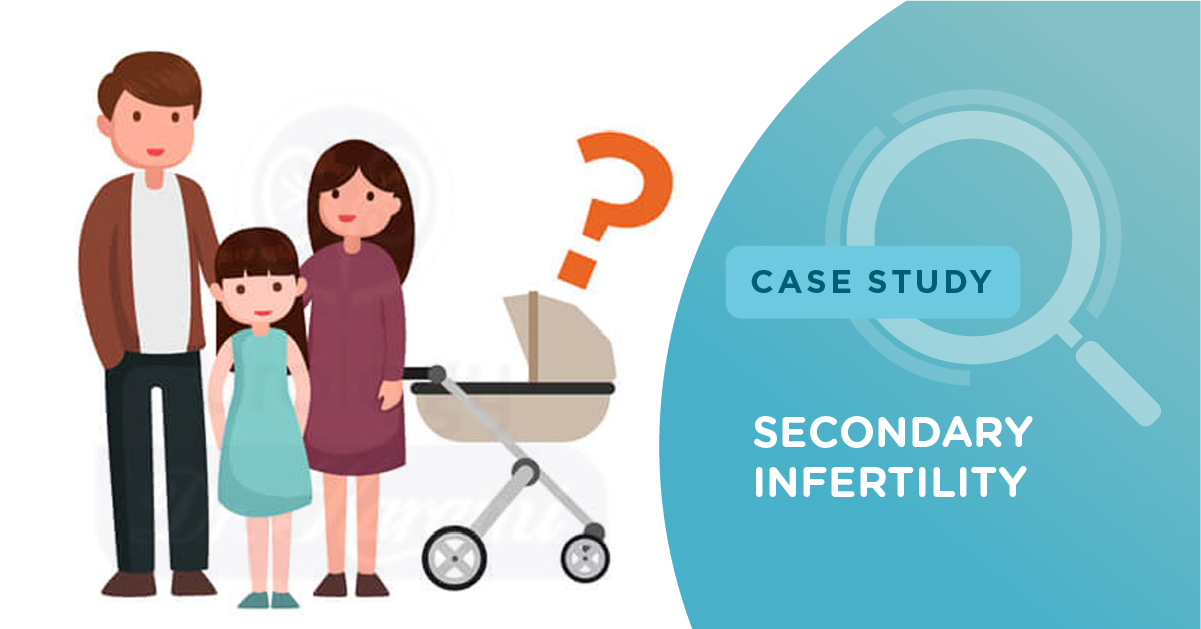
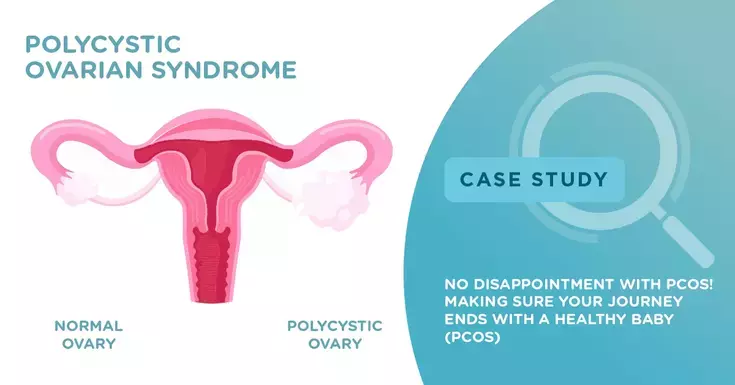






Add new comment